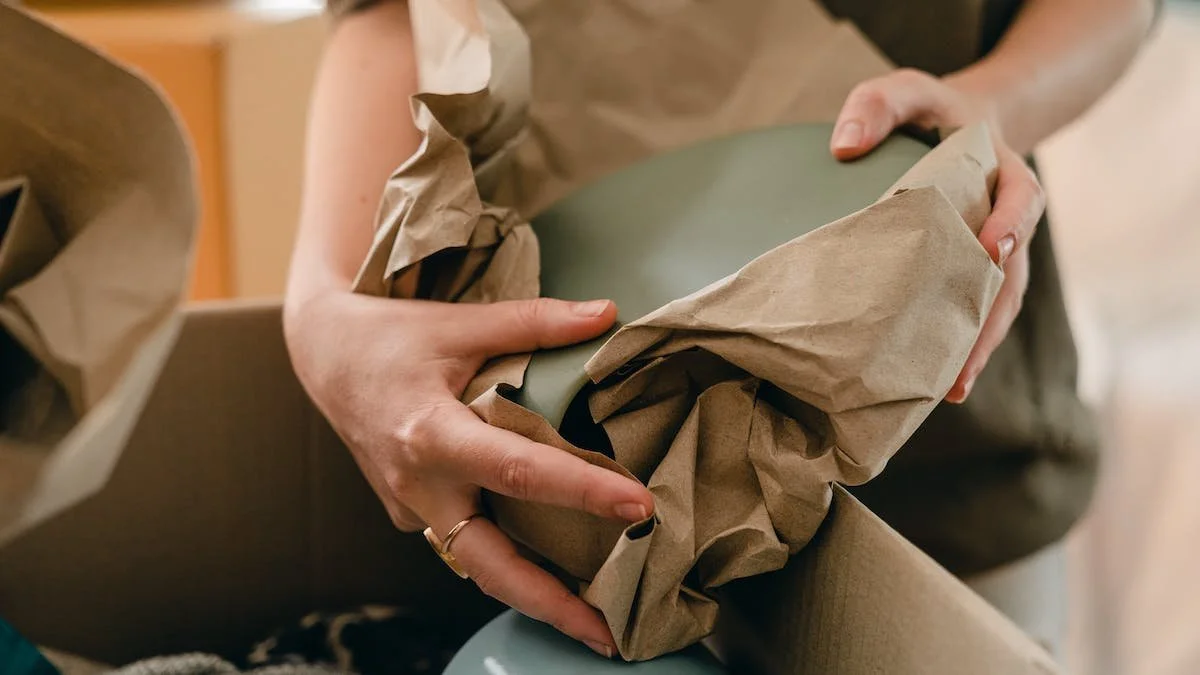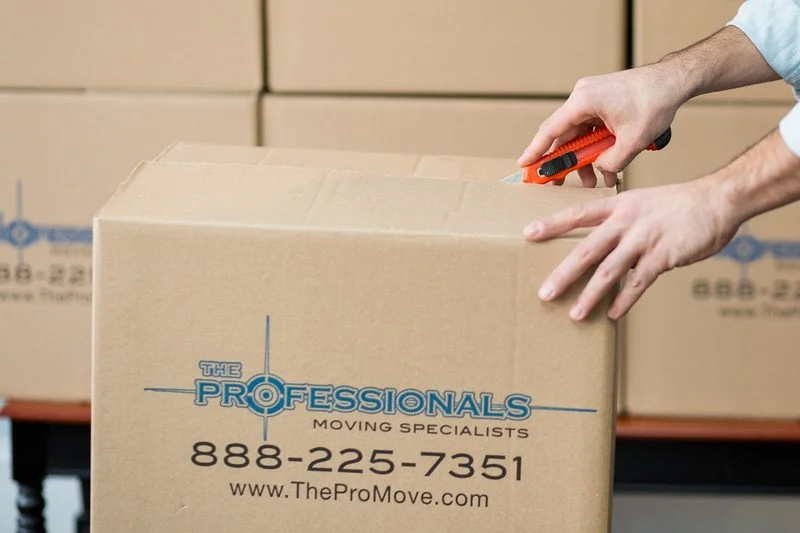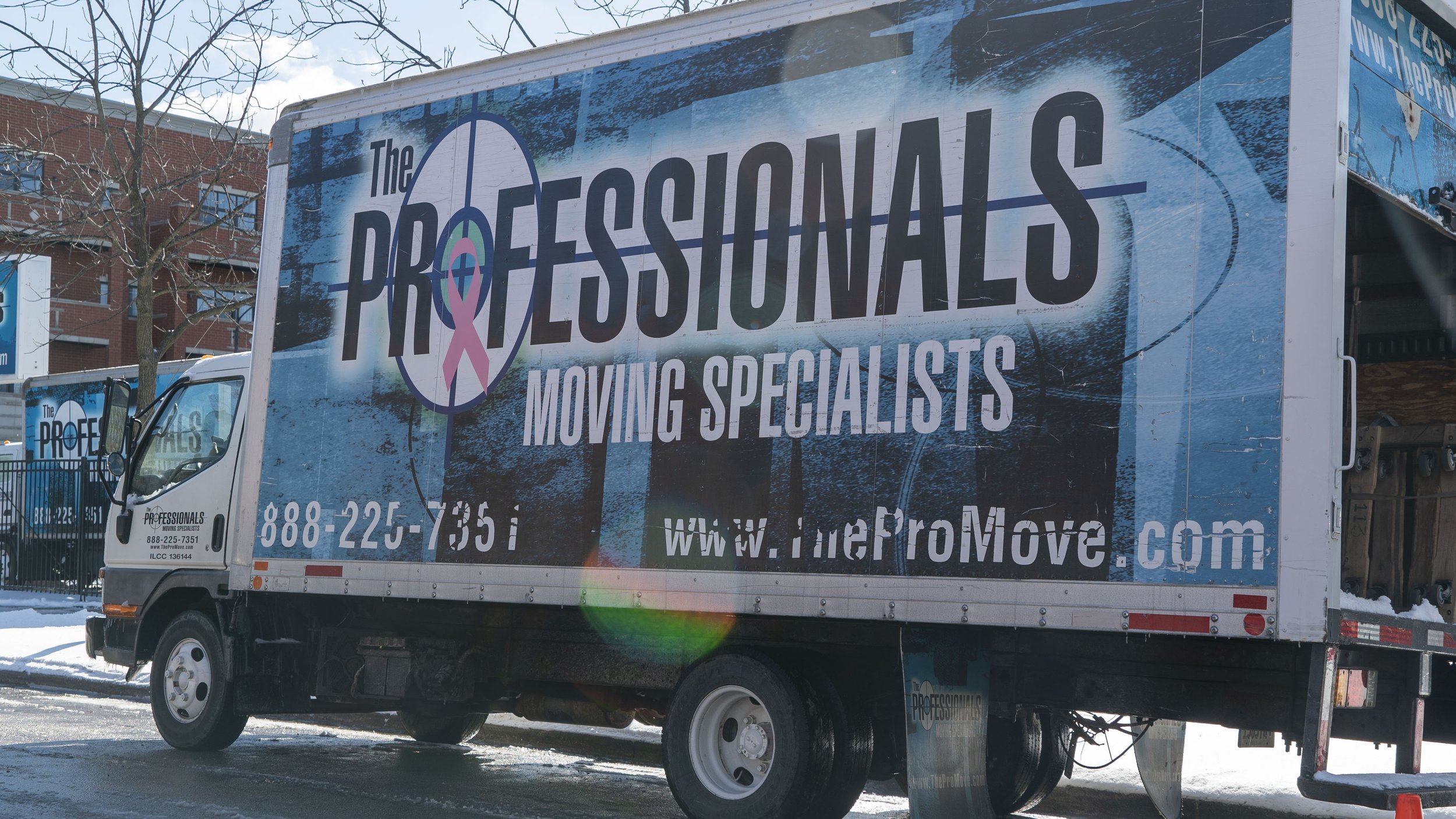How to Stay Organized During a Last-Minute Move
Planning Your Chicago Move: A Season-by-Season Guide
Moving to Chicago is an exciting adventure, but the Windy City's distinct seasons can affect your moving experience.
Managing Moving Stress: Self-Care Strategies for a Smoother Relocation
How to Avoid Moving Day Theft
One thing you may not have put much thought into when it comes to your upcoming move is how to avoid moving day theft. You’ve spent so much time planning the move, hiring professional movers, packing the house, and throwing a moving party with your friends that it didn’t even cross your mind that theft can take place on this important day.
This is because you are more distracted than usual and some people may take this opportunity to take advantage of your busy mind. Take a look at these tips to keep in mind to make sure you aren’t dealing with moving day theft.
Handling so many people coming and going
One of the biggest problems with moving day is that you are dealing with so many different people coming and going in your home, how could you possibly notice if a burglar came in and left with one of your items? You’ll have friends and family helping you with the move, the professional movers, landlords or old tenants, the cable guy, and more showing up at the door. This means that a thief could easily walk in pretending to be one of these workers and head out the door with a valuable item.
One way to avoid this dilemma is to set up a room in the old house and new house where no one can go but your family. This room can hold all of the valuable items and have a way to be locked up. Be sure it doesn’t have windows and that only you know who is going into that room. It’s a great way to protect valuables like jewelry, money, family heirlooms, and photos from getting stolen.
The most common stolen item on moving day
Surprisingly, the most common item stolen on moving day is prescription medicine and designer items like your perfumes. While it may seem strange that people would go after your toiletry bag, they look at these pills and designer belongings as things that are easy to sell on the street.
Don’t pack your important toiletries like these that are hard to replace in your regular toiletry bag or box. Instead, put them in a small piece of luggage that you can easily identify and keep track of at all times. You’ll feel more secure knowing that these important items are in a small suitcase that thieves wouldn’t look at for medications.
Guarding your personal records
Since you’ve been gathering important and sensitive personal records before the move, you’re carrying these things around during your moving day. You don’t want someone getting your personal paperwork and trying to sell it on the street for a great deal of money.
Instead, keep these papers on you at all times to ensure they are constantly being guarded. This would be everything from bank statements to investments, social security numbers to birth certificates. Keep them in your secured room
Have extra eyes working on your behalf
Lastly, it can be really beneficial to have extra eyes working on your behalf that day. Hiring a professional moving service allows you to feel a peace of mind knowing that all of these crew members are watching your things during the move.
Having friends and family around will also help to have everyone keeping an eye on everything and having enough people to remember seeing each box go on the moving truck and come off. You don’t have to try to keep track of everything yourself.
Moving day theft isn’t too common of a problem, but when it does happen, these are the most common problems. Protect your identity, your valuables, and your hard-to-replace items by keeping these tips in mind before your upcoming move.





